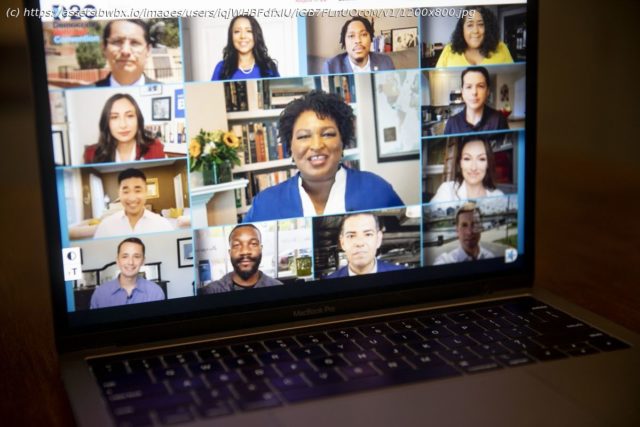A party’s campaign commitments generally shape its future in office. It’s worth paying attention.
Get Jonathan Bernstein’s newsletter every morning in your inbox. Click here to subscribe. Let’s get the theater criticism out of the way first. The second night of the 2020 Democratic National Convention had two big hits: the roll call of the states, which was a wonderful patriotic cavalcade, and a film introducing Dr. Jill Biden, which began in earnest to tell the story of the nominee, former Vice President Joe Biden. There was also one clear flop. The “keynote” address, featuring 17 young Democratic politicians, just didn’t work. It was worth a shot, especially given a virtual format that makes a single long speech difficult to stage, but the execution was all wrong. We never got a good sense of who the politicians swapping off lines really were, and by the time Georgia’s Stacey Abrams got to talk, she didn’t have enough time to deliver anything sounding like her vision; in fact, she talked a lot about Biden, which isn’t typically the job of the keynote speaker. Cut the group in half and double the time for Abrams, and perhaps it could’ve worked. The rest of the night was okay, remembering again that most viewers don’t watch all the way through, but may see clips or coverage elsewhere. Jill Biden’s speech was fine. So was another panel moderated by her husband, this one on health care. Former President Bill Clinton did his Secretary of Explaining Things bit, only this time at reduced length and without the live audience that brings out his best. A national-security segment with former Secretaries of State John Kerry and Colin Powell was also perfectly fine. None of it stood out, but it all checked off necessary boxes or produced useful video clips or helped push the general themes of the convention.






